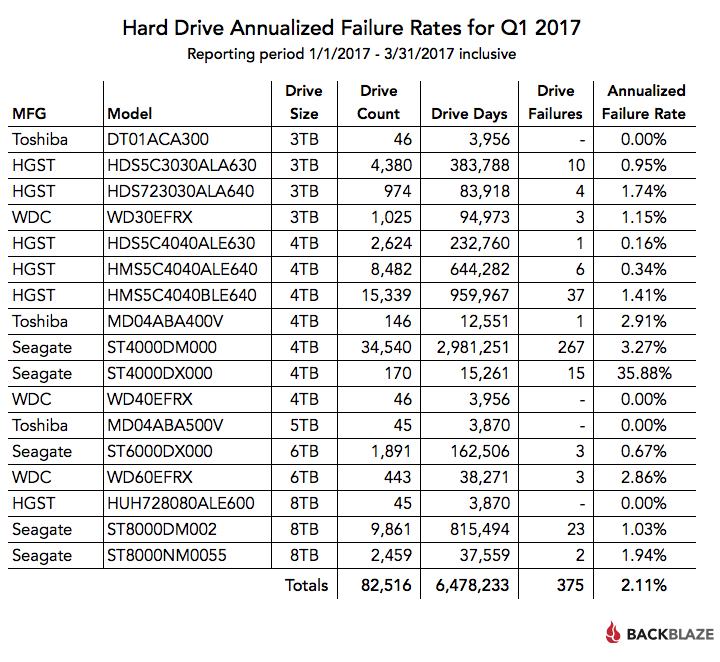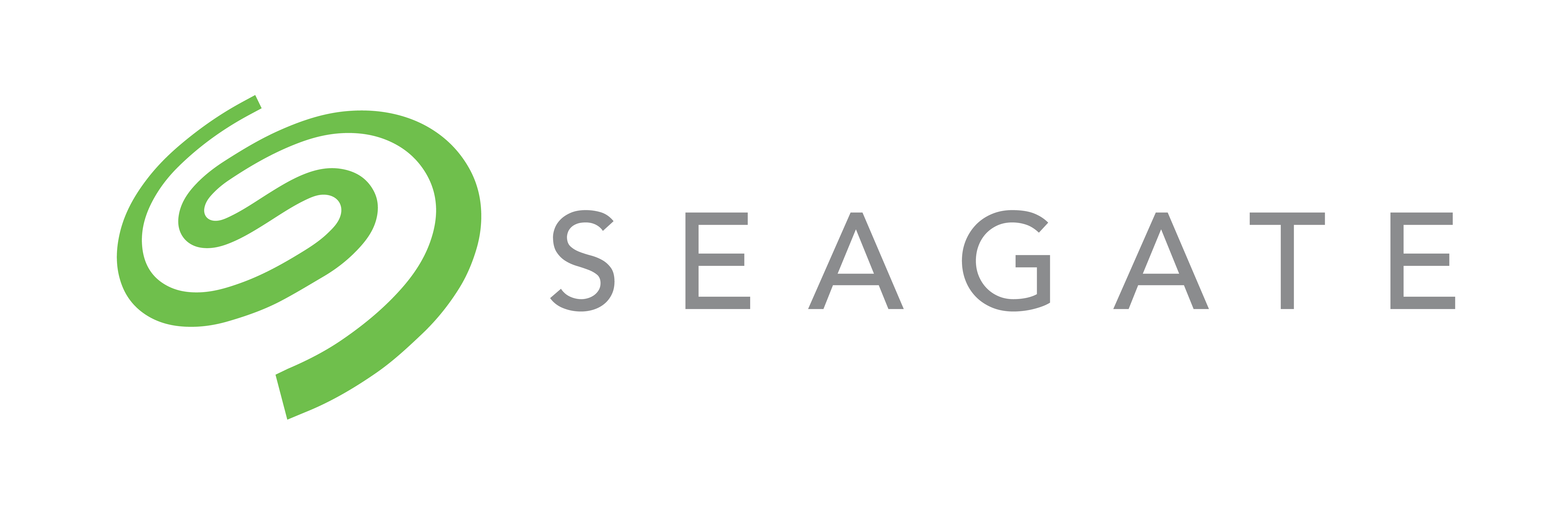<
Seagate and Western Digital are commonly known as the top two HDD manufacturers in the industry today. Now while they both have similar problems, I decided to choose a Seagate HDD because they had a lower fail rate. According to the graph on the left, Seagate has five HDD’s that had some of the lowest failure rates, compared to Western Digital’s three HDDs (Backblaze).
Seagate Technology was created in 1978 by Al Shugart, Tom Mitchell, Doug Mahon, Finis Conner and Syed Iftikar. They produce hard drives, hybrid drives, and solid state drives. In 2015, Seagate produced around 45.9 million hard-disk drives including Samsung’s HDD output (Seagate owns Samsung’s HDD production). And in 2017, Seagate‘s annual revenue was $10.77 billion.

Seagate Constellation ES.2 HDD
Specifications:
- Price: $79.99
- Size: 3 TB
- Transfer Rate: 155 MB/s
- MTBF: 1.2 million hours
- Warranty: 5 years
- Speed: 7200 RPM
- Access Time: 4.16ms
- Read/Write Speed: 8.5/9.5MS
- Buffer Size: 64 MB
The Seagate Constellation ES.2 is labeled as a enterprise class hard drive, which means that it is geared more towards business use (company servers, important storage arrays, etc.). The Constellation ES.2 brags about it’s low power consumption use and I was thoroughly surprised when the ES.2’s consumption was 17% less than the ES model. When tested against other models of the Constellation HDD’s read/write sequences, the 3TB SATA model triumphed reaching higher speeds (Storage Review). The price is pretty good for size/capacity with each GB costing .03 cents. Overall, this hard drive can be used for gaming, but would be fully utilized if used for business purposes.
Note: This review is part of a classroom project.
References:
<https://www.backblaze.com>
<https://www.newegg.com>
<https://www.seagate.com/internal-hard-drives/>
<http://www.storagereview.com>
<https://en.wikipedia.org>
]]>
